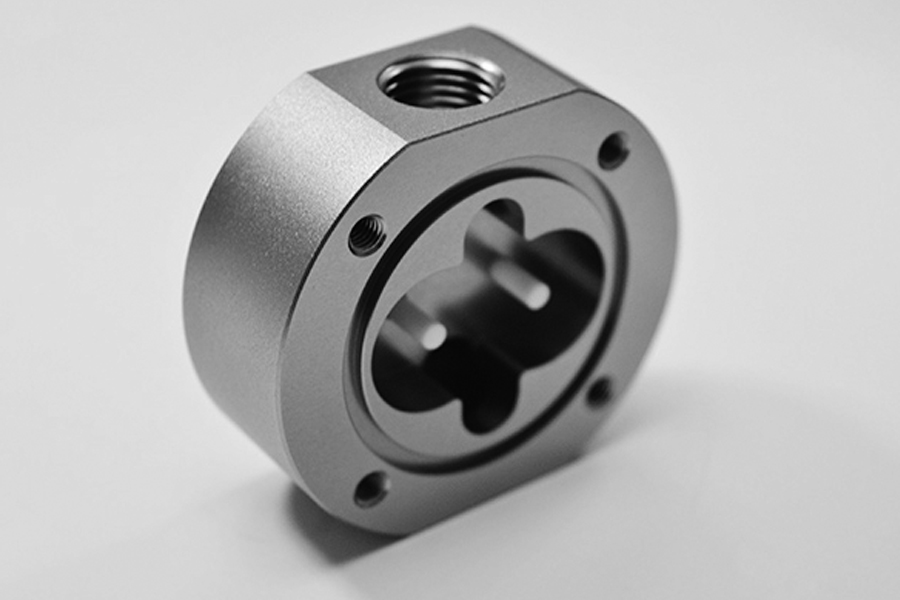CNC lathes can generally process complex parts such as plates, discs, shells or molds. In addition to the X, Y, and Z axes, a rotary table can also be provided. The rotary table can be installed at different positions on the machine table, which brings convenience to the processing of cams and box parts. Compared with ordinary machine tools, CNC lathes have high processing accuracy, good accuracy stability, strong adaptability, low operating labor intensity, and are particularly suitable for the processing of parts with complex shapes or small and medium batch parts that require high accuracy retention .
CNC lathes need a stable lathe structure in the remanufacturing process, that is, each component has good dimensional stability, high rigidity, small deformation, and good anti-vibration and vibration reduction performance of the structure.
Dimensional stability of various components:
- 1. The lathe parts are made of materials with good dimensional stability, such as ceramics, granite, steel with good dimensional stability, alloy cast iron, etc.
- 2. Each component undergoes stress relief (aging, icing, slow cooling of castings, etc.), so that the components have a high degree of dimensional stability.
High structural rigidity and small deformation:
- 1. When the position of the moving parts of the lathe changes, the loading and unloading of the workpiece or the load changes, the change of the force, etc., will cause deformation. The CNC lathe is required to have high structural rigidity and minimal deformation, which basically does not affect the machining accuracy.
- 2. The contact surface and the connection surface are in good contact, with high contact rigidity and minimal deformation.
How to improve the stability of CNC lathe?
- 1. All moving parts should go through precise dynamic balance to eliminate or reduce the vibration source inside the lathe;
- 2. Use a large bed to reduce the natural frequency of the lathe and improve the vibration resistance of the lathe structure;
- 3. In the easy-to-vibrate part of the lathe structure, artificial damping is added to reduce vibration;
- 4. Use materials with strong vibration attenuation ability to manufacture the structural parts of the lathe.
